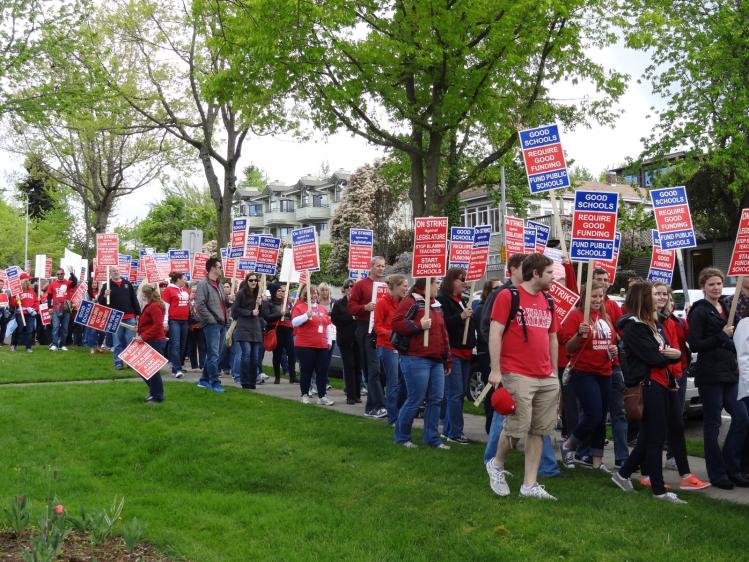
As of today, public-school teachers in forty-nine of the fifty largest U.S. metropolitan areas cannot afford to live where they work. That’s because they need to spend at least 30 percent of their gross income on housing, which according to U.S. government standards makes them “cost burdened.” In other words, spending this much of their pay for a roof overhead makes it significantly more difficult to cover other living expenses, including food, clothing, and transportation. Nationwide, teachers on average have to spend 50 percent of their income on rent, putting them in the category of the “severely cost burdened.” In some parts of the country, living where you teach is literally impossible. In San Jose, California, it would cost public-school teachers 108 percent of their gross income to rent a one-bedroom apartment; in San Francisco, it would cost them 104 percent. For teachers who own their homes, things are a little better—low-interest mortgages may help keep them on this side of the cost-burdened threshold—yet this also assumes the ability to come up with a 20 percent down payment, an increasingly tall order in much of the country, and not just for teachers.
Of course, we have long associated teaching with low salaries, which itself says a lot about what we think of teachers, the majority of whom are women. The average gap in compensation between public-school teachers and workers with similar levels of education and experience is at a new high—11.1 percent, according to the Economic Policy Institute. In real-dollar terms, teacher pay has eroded significantly over recent decades, but especially in Republican-led states, where years of tax cuts for high-income individuals and corporations have starved funding for public education. The red-state teacher strikes of 2018 helped draw attention to long-standing disparities and basic unfairness, but across the country the combination of persistently low pay and long hours continues to make teaching ever less appealing as a career.
Democratic presidential candidate Kamala Harris has proposed a plan for raising teacher salaries nationally by 23 percent over ten years, at a total cost of $315 billion, to be financed by increasing the federal estate tax on the wealthiest 1 percent. Measures like these merit consideration, although some states are leery: they’d be on the hook for the increased cost of benefits, which are generally pegged to salary. A big program like Harris’s—even if it could be implemented—might still not be enough to help teachers where the rent is highest. Meanwhile, some municipalities are issuing what might politely be called creative proposals; last year, for example, Florida’s Miami-Dade district floated the idea of providing dorm-style quarters for teachers at the schools in which they teach. A number of cities want to construct low-cost housing developments for teachers and other public-school employees, yet in some places affordable-housing plans for teachers have actually met Nimby-like resistance from well-off homeowners concerned about the effect on their property values. It was Horace Mann who popularized the idea in America that public education is a public good. Public goods need and deserve public protection and support. Doesn’t this mean, at a minimum, making sure that teachers earn enough to pay the rent?
